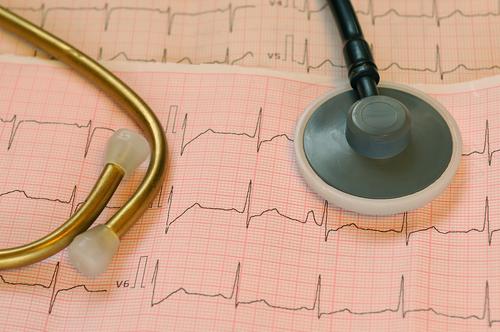
Without current oral anticoagulant therapy, new-onset atrial fibrillation (AF) in patients with infection leads to a 2.7-percent absolute 1-year risk of stroke, reveals a study. Stroke events are associated with sex and age, as well as risk factors identified by the CHA2DS2-VASc score.
Four emergency departments (EDs) in Denmark and Sweden were the setting for this population-based cohort study. An electrocardiogram (ECG) was used upon arrival at the ED to identify AF. Infection was identified via discharge diagnosis.
The authors followed patients for 12 months or until initiation of oral anticoagulant therapy, ischaemic stroke or death. Stroke within 12 months compared to patients with infection and no AF was the primary outcome.
In total, 15,505 patients (median age, 71 years; interquartile range [IQR], 56–83; 48.7 percent male) were included in the analysis. Of these, 2,107 (13.6 percent) had AF of any kind and 822 (39.0 percent) had new-onset AF with a median CHA2DS2-VASc score of 3 (IQR, 2–4).
New-onset AF during infection resulted in an absolute postdischarge 1-year stroke risk of 2.7 percent (95 percent confidence interval [CI], 1.6–4.2). This corresponded to a crude hazard ratio (HR) of 1.4 (95 percent, 0.9–2.3), a sex and age adjusted HR of 1.0 (95 percent CI, 0.6–1.6) and a CHA2DS2-VASc adjusted HR of 1.1 (95 percent CI, 0.7–1.8) compared to patients with infection but no AF.
“Patients with new-onset AF in relation to infection are frequent in EDs and may require antithrombotic therapy because of the increased risk of stroke,” the authors said.